Introduction
Sprains and strains are prevalent injuries that can affect anyone, especially those engaged in sports, repetitive tasks, or those at a higher risk of falls. A sprain occurs when ligaments, which connect bones, are stretched or torn, while a strain involves injury to muscles or tendons, the tissues that link muscles to bones. Mild cases of sprains and strains often heal with rest and self-care, whereas more severe injuries may necessitate rehabilitation, surgery, or both.
Anatomy
The human skeleton consists of bones that come in various shapes and sizes. Some bones form joints, enabling movement, while muscles—strong tissues that contract and relax—facilitate this movement by pulling on bones through tendons. Ligaments, which are robust tissues, connect some bones, providing stability and support to joints.
Causes
Sprains: A sprain refers to an injury to a ligament connecting two bones, which can stretch or tear when joints are forced out of their normal position, often due to falls or direct contact in sports. Common examples include ankle and wrist sprains.
Strains: A strain is an injury affecting a muscle or tendon, typically caused by overuse, overstretching, repetitive actions, sports injuries, or direct impacts. For instance, individuals who frequently lift heavy objects may experience back strains.
Symptoms
Sprains: Symptoms of a sprain include pain, bruising, and swelling. You might hear or feel a popping sound at the moment of injury. Severe sprains can lead to intense pain and limited movement in the affected joint.
Strains: A strain can cause muscle pain, weakness, cramping, spasms, or swelling, with moderate to severe cases potentially leading to muscle tears.
Diagnosis
A healthcare professional can diagnose a sprain or strain through a physical examination, which may involve assessing joint movement and muscle strength. If a fracture is suspected, X-rays may be conducted.
Treatment
Immediately after sustaining an injury, it’s advisable to elevate the joint and apply cold packs to minimize swelling. Your physician will develop a treatment plan tailored to the injury's severity. Mild sprains and strains may benefit from physical or occupational therapy, while more significant injuries might require surgery or immobilization using a brace or splint.
Am I at Risk?
You may have an increased risk for sprains and strains if:
- You are out of shape or overweight
- You engage in sports, dance, or other physically demanding activities
- Your job involves repetitive movements
- You have previously experienced a strain or sprain
- You are at risk of falling
Complications
Preventing sprains and strains is possible through regular exercise and proper nutrition to maintain overall fitness. Effective prevention strategies include warming up before and cooling down after exercise, wearing appropriate footwear and safety gear during sports or work activities, and older adults consulting with their healthcare providers about fall-risk prevention.



